
One of the country’s most iconic animals has just won a major legal victory. A federal court has struck down the Bureau of Land Management’s (BLM) controversial Adoption Incentive Program (AIP), a move that could change the future for wild horses in the U.S. This ruling not only exposes flaws in the BLM’s management but also protects these iconic creatures from potential harm. It opens up new, sustainable opportunities that honor their cultural legacy and pave the way for ecotourism. Let’s examine why this decision is such a win for the wild horses, the environment, and future generations.
A Flawed Program: Why the AIP Failed

The Adoption Incentive Program, aimed at reducing wild horse populations, inadvertently led to horses being sold to slaughterhouses. The BLM failed to assess the environmental and ethical consequences of the program, violating federal laws like the Wild Free-Roaming Horses and Burros Act. The court’s ruling highlights the failure of such short-term solutions and reaffirms the importance of protecting these animals.
Legal Precedent: Protecting America’s Iconic Species
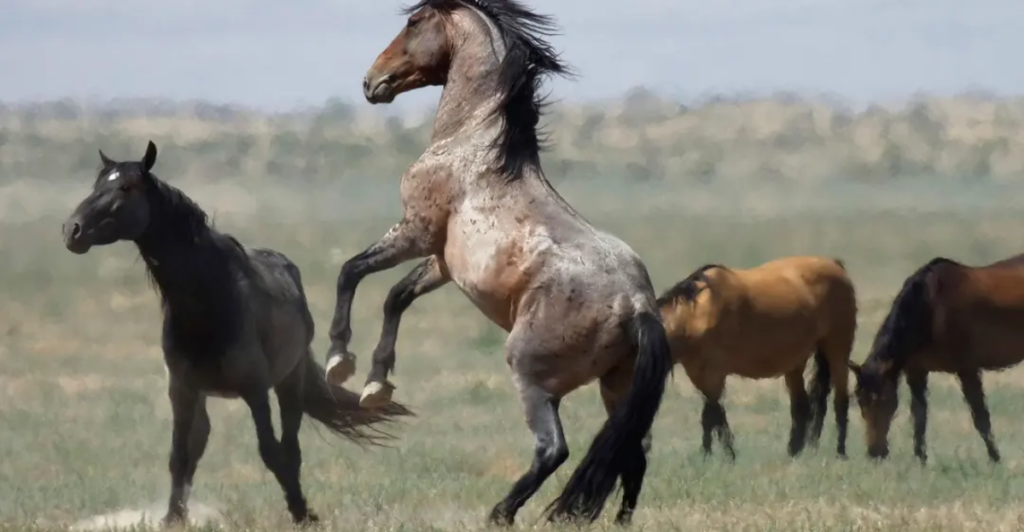
The court’s decision is a crucial precedent in wildlife management. It affirms that cost-saving measures cannot override legal and ethical obligations, especially when taxpayer money is involved. The ruling forces the BLM to reconsider its approach to wild horse management, ensuring future policies align with both environmental and cultural standards, rather than financial expedience.
Psychological Pitfalls: The Wild Horse Effect
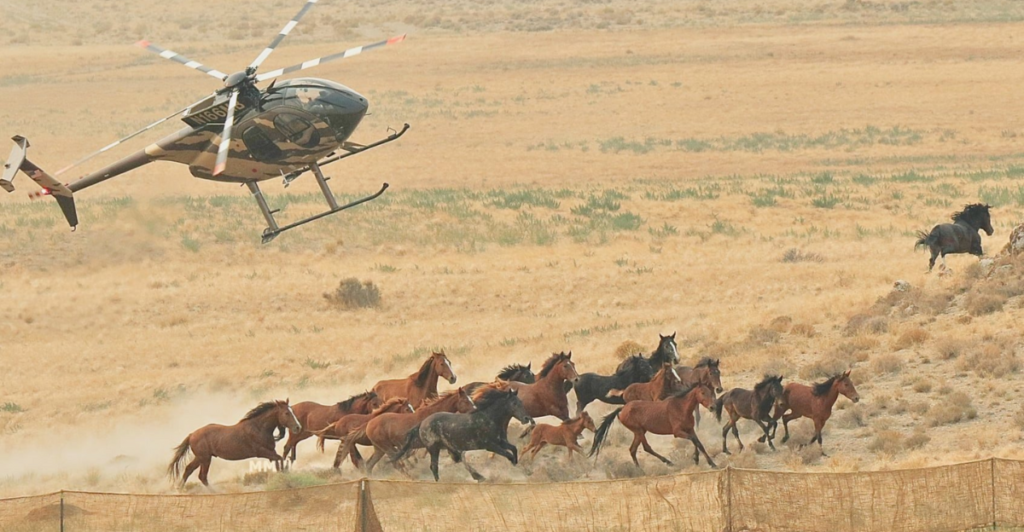
The BLM’s actions reflect a common psychological bias known as the “Wild Horse Effect,” where minor stressors trigger overreactions. In this case, the agency focused on rapidly reducing horse populations instead of implementing long-term solutions like fertility control or habitat restoration. The court’s decision halts this cycle of panic-driven policies and calls for a more thoughtful approach to wildlife management.
Rethinking Economic Solutions: Ecotourism Over Slaughter

Instead of focusing on cost-cutting measures, wild horses could become valuable assets for ecotourism. Communities near wild horse habitats could generate significant economic benefits through tourism. A shift towards preserving wild horses as natural treasures, rather than treating them as budgetary burdens, could drive rural economic growth and align with global trends toward ethical tourism experiences.
Cultural Significance: Wild Horses as National Symbols

Wild horses hold a unique place in America’s cultural identity, representing freedom, resilience, and the pioneer spirit. Their exploitation under the AIP stripped away this symbolism. The court’s ruling reaffirms their status as national icons, rejecting the idea of commodifying them for profit and instead honoring them as living symbols of American heritage.
The Ethical Case: Respecting Indigenous Perspectives

For many Native American communities, horses are sacred beings integral to their history and spirituality. The BLM’s transactional approach through the AIP clashed with these values. The court’s decision respects these cultural perspectives and protects wild horses as revered partners in both spiritual and ecological contexts, not as exploitable commodities.
Exposing the “Cost-Saving” Myth: Long-Term Costs of Slaughter
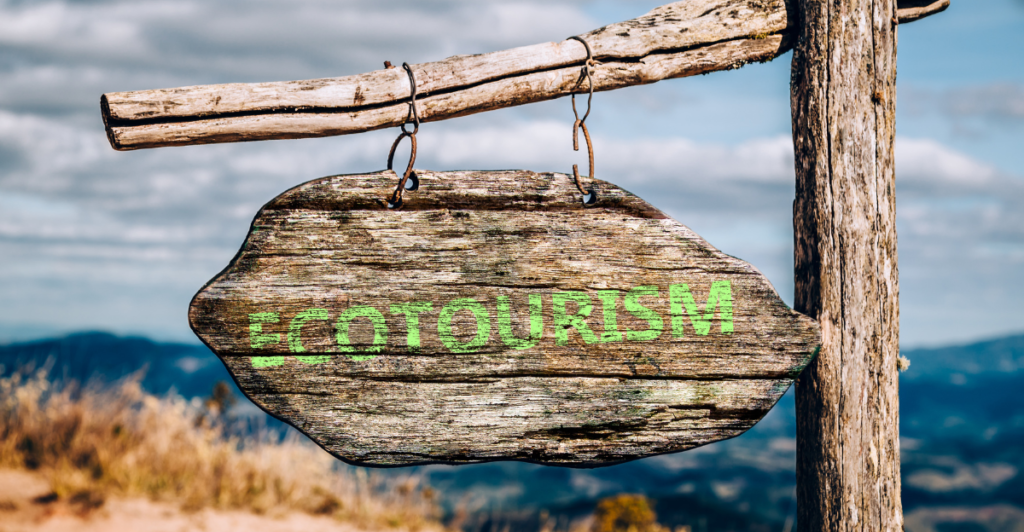
The AIP’s proponents argued it saved money, but this narrow focus ignored the hidden costs. Environmental damage, public distrust, and the lost potential of ecotourism all contribute to the unsustainability of the program. The court’s ruling calls for a more balanced approach that considers long-term benefits rather than short-term financial gains.
A Broader Vision: Combining Ecological Preservation with Economic Growth

The court’s decision offers an opportunity to rethink how we manage wild horses. States like New Mexico have pioneered models that combine preservation efforts with ecotourism, showing that wild horses can be both ecological assets and economic drivers. The ruling opens the door for similar initiatives that balance environmental goals with community development.
The Future of Wild Horse Management: Nonlethal Solutions
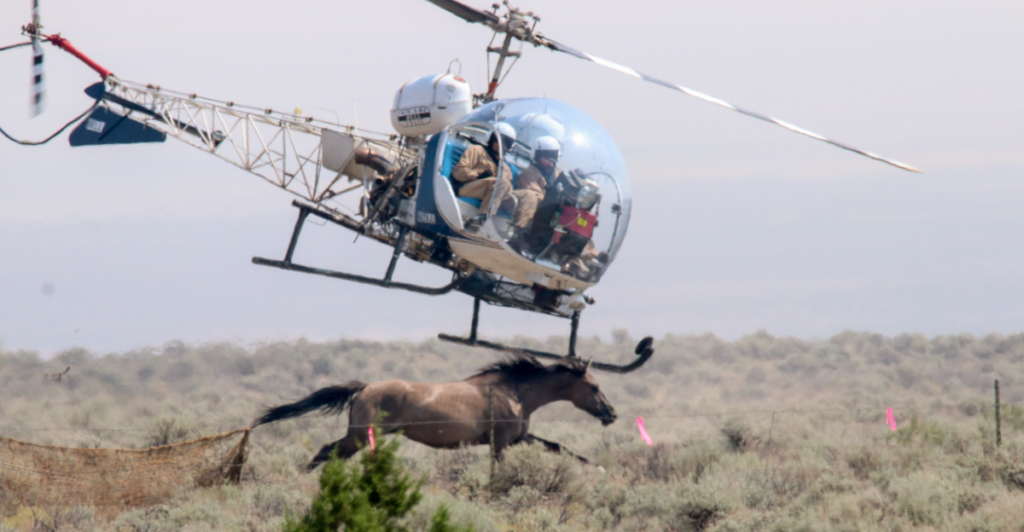
With the AIP dismantled, a shift toward nonlethal management strategies is possible. This could include expanding fertility control programs, protecting habitats, and incorporating ecotourism into funding models. The court’s decision sets a precedent for exploring these sustainable solutions, ensuring wild horses are preserved for future generations in a way that benefits both nature and people.
A Catalyst for Broader Wildlife Reforms
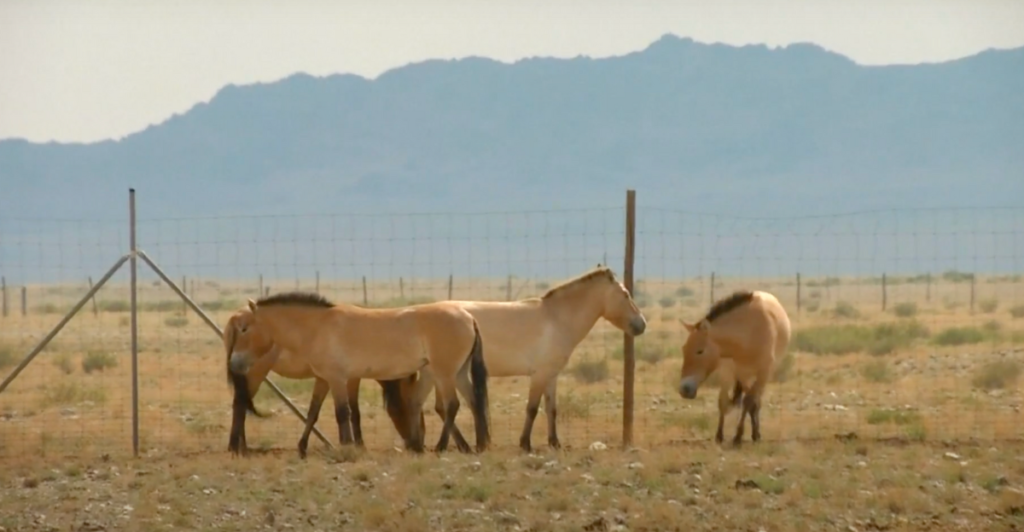
The ruling has the potential to spark broader changes in how federal agencies approach wildlife management. Agencies may now face increased scrutiny when bypassing environmental reviews. This decision could lead to the adoption of more holistic, sustainable practices, not just for wild horses but for other wildlife populations facing similar challenges.
The Fragility of Progress: Risks of Complacency

While this court ruling is a victory, it’s important to recognize the fragility of progress. Political pressure could push the BLM to return to mass roundups or other harmful practices. Sustained advocacy is needed to ensure that the momentum for reform continues and that wild horses remain protected under federal law.
A Turning Point for America’s Wild Horses
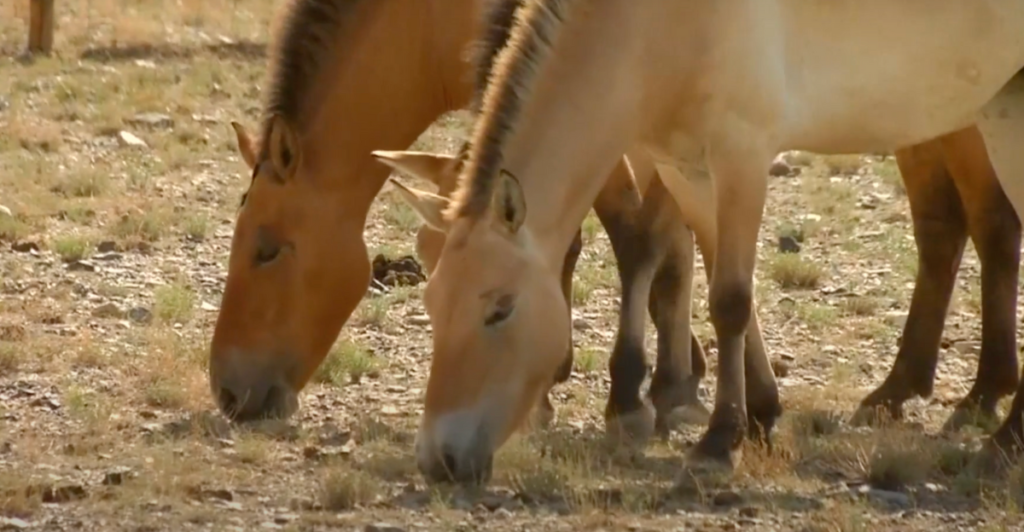
The court’s decision is more than just a legal correction—it’s a paradigm shift in how America values and protects its wild horses. By aligning federal policy with ecological, cultural, and economic realities, this ruling opens up new possibilities for sustainable management. The challenge now is to build on this victory, ensuring that wild horses continue to thrive as living symbols of freedom and resilience.
Explore more of our trending stories and hit Follow to keep them coming to your feed!

Don’t miss out on more stories like this! Hit the Follow button at the top of this article to stay updated with the latest news. Share your thoughts in the comments—we’d love to hear from you!







